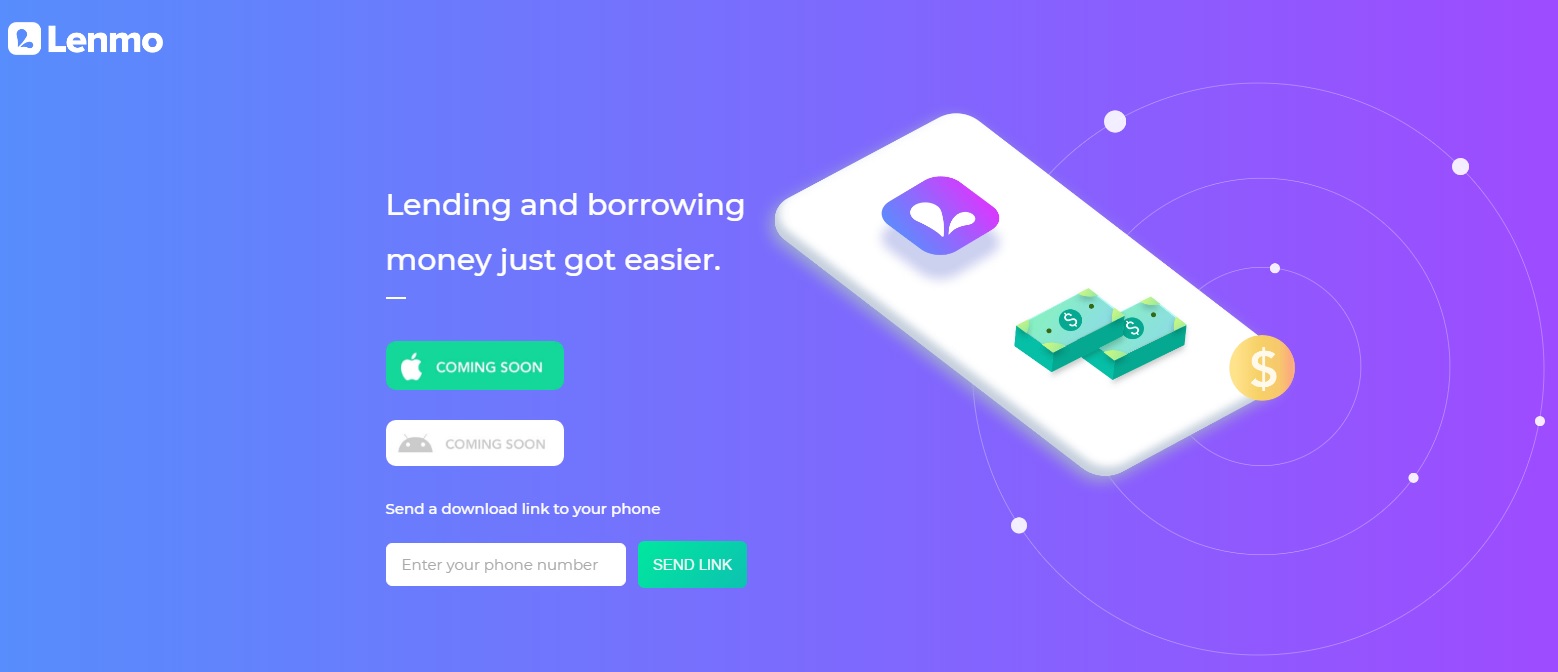Lenmo: New Entrant on the P2P Lending Market

A new P2P Lending platform called Lenmo is getting ready to launch their iOS mobile app in the US. The idea is to help borrowers connect with potential investors, who can also set the interest rates they wish to apply.
Lenmo was founded less than a year ago. This mobile app allows its users to invest in and borrow from other users on the lending platform. Granted loans may range from $50 to $50,000; investors are in charge of setting interest rates themselves. However a rate is also suggested in-app, he may choose to approve it or not.
The borrower sends his request via Lenmo’s mobile app, specifying the amount and term of the loan. Investors can then choose a borrower and send a proposition. Different propositions are then received by the borrower, who may then select the most suitable interest rate. Lenmo has partnerships in place with TransUnion (for credit scoring) and Dwolla (to transfer the amounts).
The app is in charge of managing profiles (borrowers and investors) and also commits to repurchase the debt (70% to 100% of the amount) if the borrower fails to pay back, hence bearing the risk instead of the lender.
Comments – The P2P Lending trend gaining momentum
Lenmo helps investors diversify their portfolio on a low volatility market, but also helps borrowers choose an investor more likely to suit his risk profile. For this service they claim they were inspired by PayPal’s Venmo, where the user can transfer money to other users through the app. The point is to build on a social dimension barely present otherwise on P2P lending platforms.
Several industry players have already entered the P2P Lending market with a similar goal in mind: address underserved populations with low access to credit services: LenDenClub or Younited Credit, for instance. This service makes perfect sense in the US, as some segments still have to face financial hurdles which arose back in 2008, during the US-subprime crisis.
In France only few players have managed to enter this market as it became mostly institutional. Yet, it remains crowded globally: new platforms are being launched every day.
